Now that the gardening season is drawing to a close, I wanted to reflect on my first year as a beginner gardener. Though I consider myself green thumbed, I never intended on jumping feet first into growing vegetables. My intention for 2020 was to grow a few herbs and tomatoes. As we all know, 2020 gave the middle finger to our plans. Not wanting to waste my time, and frankly being slightly concerned about food stocks, I set about creating a small pandemic container garden. I figured it would be a great opportunity to determine the climate of our back garden, and see what grows best.
I can confidently say that I learned a lot in my first year as a beginner gardener. As a child, I helped my grandmother on her farm, and I’ve had flower gardens and houseplants from a young age. I absolutely love keeping houseplants, particularly orchids. Yet, growing a vegetable garden from seed or scrap plants in the middle of lockdown with poor access to seeds, compost, and other garden bits was a challenge. I will never forget the day I tired to buy seeds from a company online and was 700th in the queue to have a 10 minute shopping session! I’m certainly not the only person in Britain who tried gardening this year, haha!
Disclaimer: This post contains affiliate links.
Our garden’s environment:
- Slugs and snails destroy everything. We have thousands if not hundred of thousands of snails and slugs. It is ridiculous. I very much try to garden organically, and I tried many natural pest control methods. For example, I painstakingly wrapped copper tape around barrier rings for my sunflowers only to find a giant snail sleeping in the middle of the ring! They crawl right over copper tape, climb up tree tops, and invade patio containers.
The only methods I had any success with were: persistent hand collecting, and a mix of yeast and sugar water in glass jars. It was quite funny when I went out on a rainy day and saw two slugs racing to their imminent death as the rain drops released the inviting scent of yeast bath. I should also note that the smell of dead slugs in that mixture is the most revolting scent on the planet. I ended up caving and bought organic slug pellets made with 1% ferric phosphate. They made a noticeable difference in that I actually grew some young shoots! I also found felted grow bags to be decent deterrents. Our resident frogs have also been helpful. I’d be curious to know if anyone has had luck with the wool pellets.
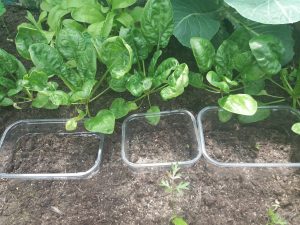
- Our neighbourhood is windy. More specifically, our back garden is a wind tunnel. In the August storm, one of our fences nearly blew over, and I had a hell of a time trying to keep my tomatoes from being smashed to pieces.
All about the vegetables:
- Re-growing spring greens will yield cabbage. Cabbages do not fit in small raised beds. Though it yielded a delicious crop, I won’t be growing cabbages again. We don’t have the space, and it was a challenge keeping the butterflies off. Also of note: when making sauerkraut from said cabbage, it matters how much salt you use. I ended up with inedible salt lick mush. For more on the cabbage see: Re-Growing Vegetables from Food Waste.
- While growing chickpeas and lentils from your cupboard pulses is straightforward, they do not produce a high yield crop. Moreover, lentils are very time consuming to shell. We had so much rain in August that my chickpeas rotted. For more on the lentils see: A Tour of My Vegetable Garden.
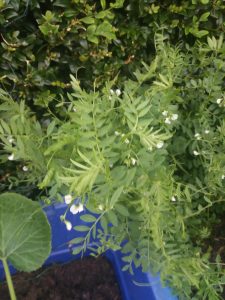
- Radishes can be very difficult to grow. I tried 3 crops of radishes and all of them grew lovely and leafy, but no root bulbs formed. Apparently this might have something to do with the NPK balance of the compost, so I’ll have to experiment next year.
- Runner beans are fiddly. Our runner beans had loads of flowers and then they all fell off and I got one bean…
- New potatoes take longer than expected to chit and be ready to harvest. I had two grow bags of new potatoes. The first bag I harvested about 3 weeks too early, resulting in a measly handful.
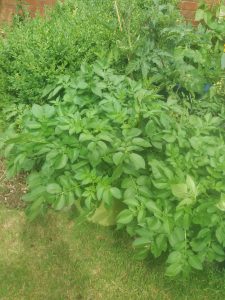
- Nasturtiums are underrated. My best crop was the nasturtiums! We had so many salads and wraps with the leaves and flowers. I’m lucky that I didn’t get too many of those little black bugs, and the snails didn’t touch them. Nasturtiums will remain a yearly feature in my garden.
- Tomatoes are fusspots. I spent a ridiculous amount of time protecting the tomatoes from wind damage, clipping dying stems, pinching suckers, and fertilizing regularly.
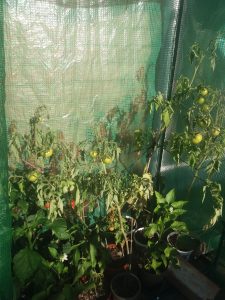
Misc. Facts that I learned:
- The neighbour’s cat will poop anywhere. If the raised bed is covered, it will poop outside the front door instead. I can only assume this is out of spite.
- Compost compacts down quickly in warm weather. We thought we were going to end up filling our compost bin in early spring. Once the temperature warmed up, we suddenly had half of the space available again!
- Coriander bolts in the heat.
- Sweet peas need consistent deadheading and pod removal to produce flowers throughout the season. Actually, most flowers benefit from deadheading.
- Metal and plastic greenhouses with soft sides are pointless in windy areas. They are difficult to secure, and the flexible sides do more damage to plants than leaving them outside. They also get very hot, and consequently hinder growth. Moreover, as they are covered, you need to remember to water them even when it’s raining.
- Lady birds will take care of an aphid infestation in a matter of weeks.
- Feeding birds seed year round encourages them to stay and eat aphids.
- Roses need persistent maintenance. If you deadhead roses regularly, they bloom multiple times throughout the summer. We also had issues with aphids and black spot on the roses. For the aphids, the birds and also soapy water mist worked well. To treat the black spot, I recommend sulphur rose, rather than a conventional fungicide. For photos of the roses, see: My Flower Show – A Tour of the Flowers in my Garden.

Knowledge is power:
There are plenty of gardening resources out there. With pandemic, I was limited in being able to chat with neighbours or the employees at the local garden centre. Apart from an RHS book on gardening through the year, which I consult regularly, I turn to YouTube. These are the channels I find helpful:
- Lovely Greens (Tanya is based on the Isle of Man and has both an allotment and back garden )
- Self Sufficient Me (Mark is based in Australia and uses raised beds)
- Rob Greenfield (features Eco-warriors and gardeners worldwide)
- Epic Gardening (Kevin is based in San Diego and focuses on urban gardening)
- Huw Richards (Huw is based in Wales and features permaculture)
- Simplify Gardening (Tony has helpful tips for growing potatoes)
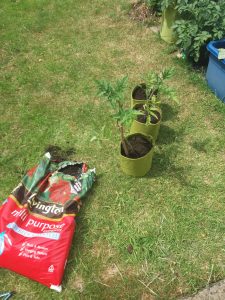
Although I’m busy again with work, and don’t have time to be out in the garden regularly, I look forward to planning next year’s crops! What did you grow this year, and what are you looking forward to growing next year?

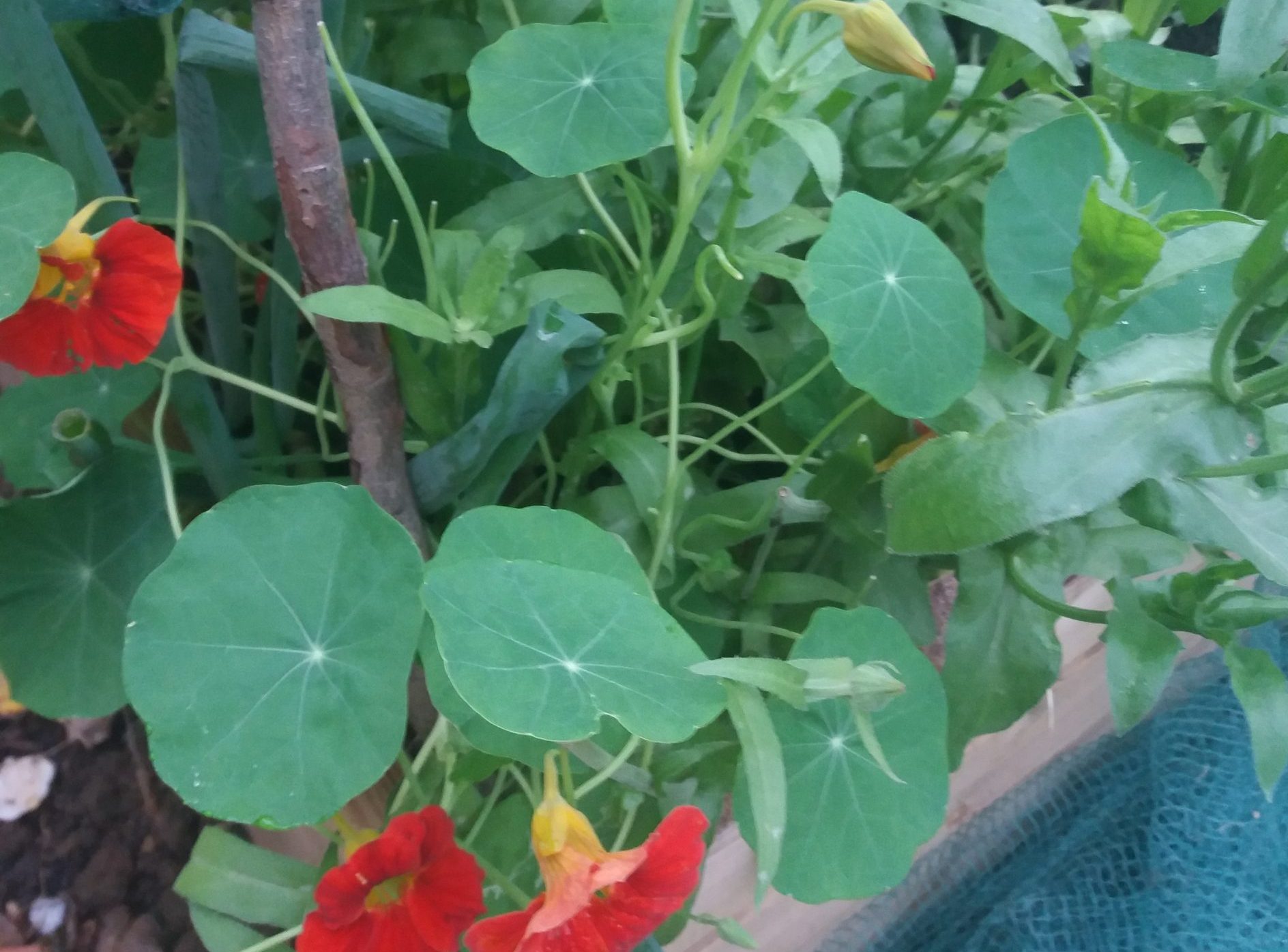

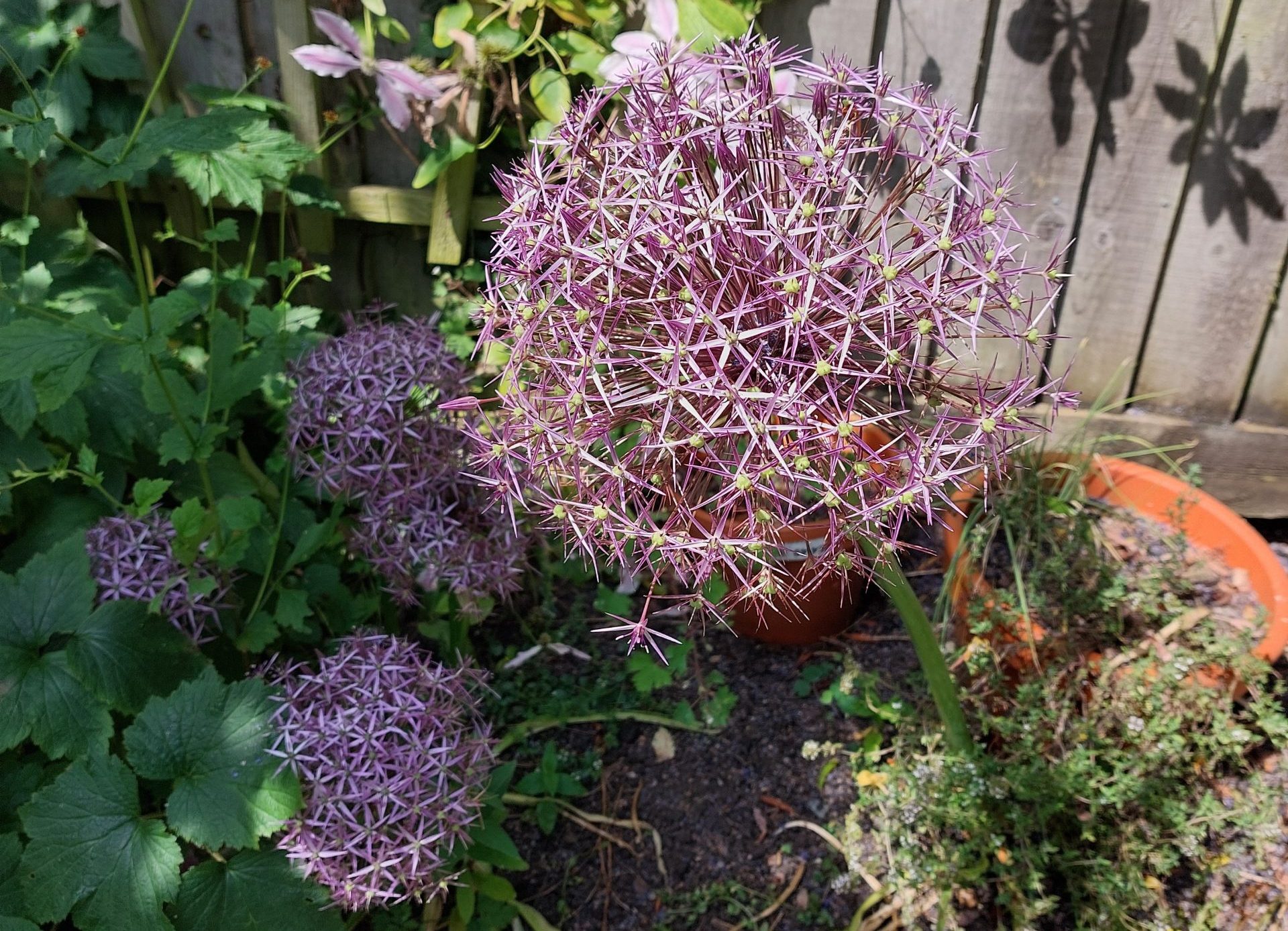
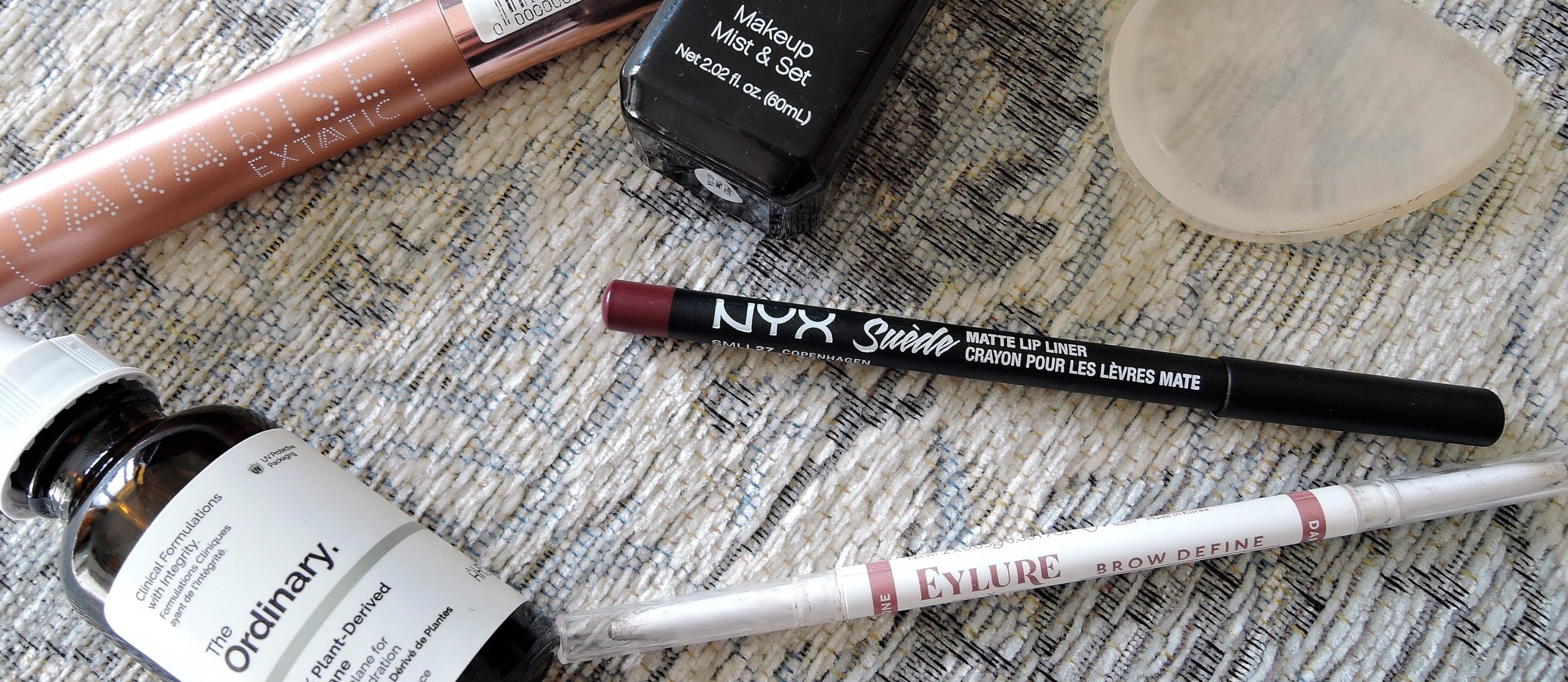

Reader Comments